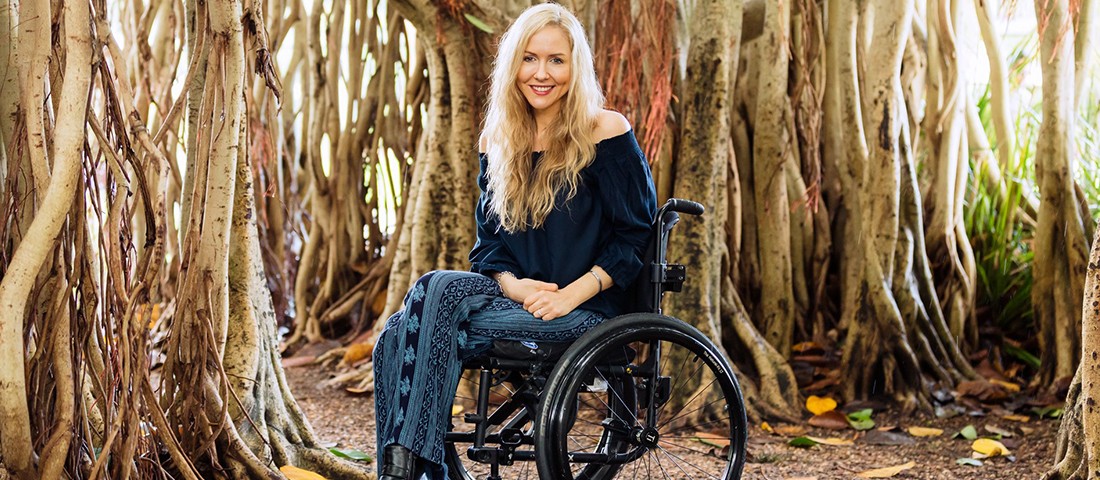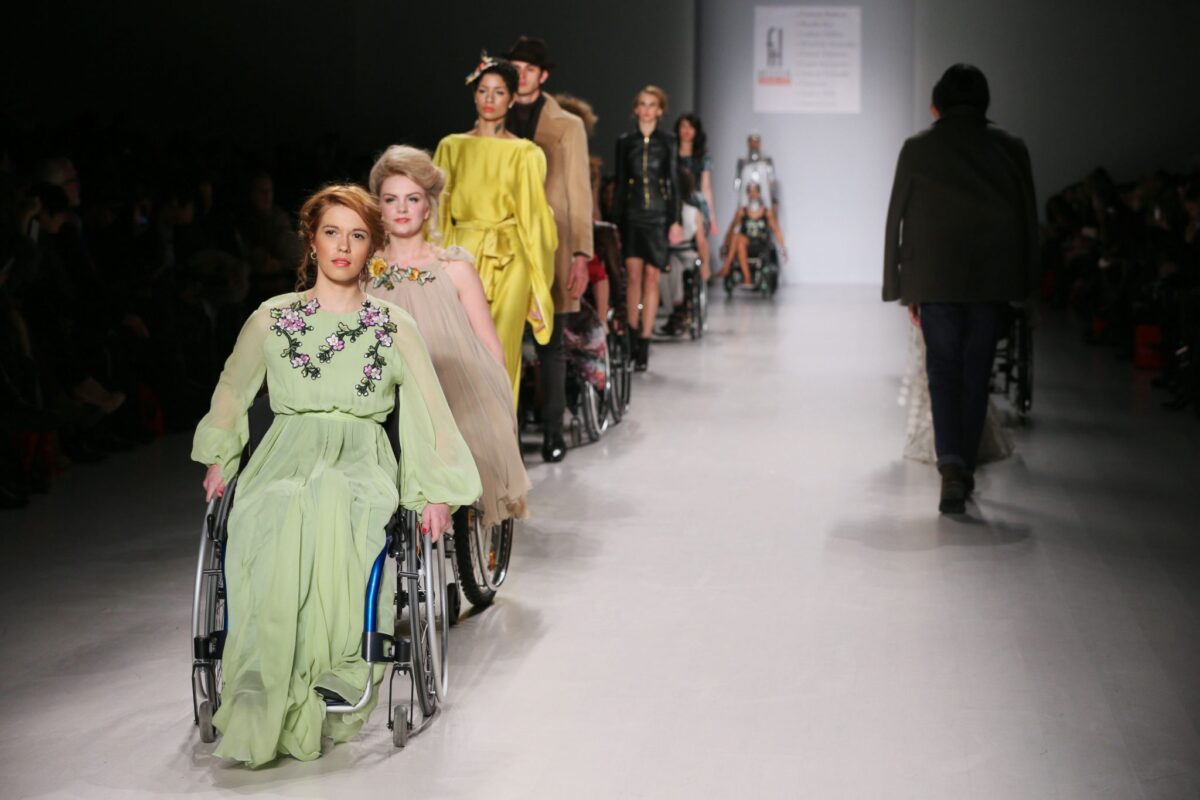A wheelchair is not enough reason to keep model Lisa Cox from succeeding in the fashion industry.

Lisa Cox, an Australian influencer and model is currently gearing up for is one of the biggest fashion shows in the world, New York Fashion Week. However, as it is affected by the chaos of the coronavirus pandemic, some part of the show will be held virtually this year.
Lisa is also an advocate and media professional, voicing her concerns that Australia is lagging terribly behind the rest of the world in bringing diversity into the fashion industry. In 2020, there are moves towards inclusivity and body positivity that are more noticeable than any year that has come before. yet we’re far from perfect.
“Even though we have been good at putting other sorts of diversity forward, so skin colour, size and those sorts of things, when it comes to visible disability, there’s silence – there’s nothing,” Lisa told The New Daily.
Disability and fashion
People with disabilities often lack representation in the workforce, and the fashion industry is no exception. Stigmas or stereotypes are commonly found but the fashion industry should celebrate having a dynamic and vibrant community of individuals.

To normalize representation of people with disability is one of Lisa’s goals. Meaningful representation is not simply featuring diverse models or a shallow campaign, it aims to create a consistently inclusive picture that is likely to reflect the same able-bodied archetype.
“Just like everybody I have multiple interests – yes, I’m in a wheelchair … but I also love fashion, going out with my husband, all the ‘normal things’ that I liked before I had a disability,” said Lisa.
Of course, one move is not going to change the world. And yet there are still huge gaps, particularly in Australian media and marketing, that continue to lock out certain people. Fashion is in another way trying to subvert stereotypes of what people with disabilities look like. Hopefully, we can see a little more difference in the future and feel more affinity towards all people.
Subscribe to FIB’s Weekly Alchemy Report for your weekly dose of music, fashion and pop culture news!







